Crackle Medium Vs. White Glue: Which is Best?

by
To Work With My Hands
(IC: blogger)
6 Materials
Easy
The crackle effect is one way to create interest in your painting projects, but if you're working with a large piece, commercial crackle medium can get expensive in a hurry. Recently I was encouraged to try white glue as a means to achieve the crackle effect, so I decided to do an experiment to compare results of the two. This is what I found:
I started with two identical frosted bottles.
I gave them each three coats of white chalk paint, allowing them to completely dry between each coat. White chalk paint is my favorite base coat for crackle projects because of its ultra matte finish, which I think looks great for the base layer. You can use most any color you want. Remember, this is what will show from underneath when the top coat of paint crackles.
Next, I applied the crackle medium to one bottle,
and white glue to the other.
The crackle medium dried first, so I added the top coat of paint and you can see that it began crackling before I even finished painting the entire bottle.
It produced a light, crackle effect over the entire bottle.
When the white glue bottle was dry, I gave it a coat of the same paint. It didn't begin to crackle as quickly, so I gave it some time to completely dry.
When it dried, this was the results I had from the two bottles: the crackle medium bottle had a fine-grained crackle texture. The white glue bottle had no crackling at all. I remembered reading advice to apply the top coat of paint before the glue completely dries, so I grabbed another bottle and repeated the layers of chalk paint and white glue, but allowed the glue to only dry to a tacky stage before adding the top coat of blue paint.
This time I got a crackle! The white paint produced a much more dramatic effect than the crackle medium.
The only drawback was that in a couple of areas where I had applied the glue too thick, it had run down the side of the bottle before drying and left gaps. A little more practice with this technique should fix that problem. I always use a generous application of crackle medium, but it's going to take a more deliberate and careful application of white glue.
In the end, I had a trio of blue bottles to compare results with. The commercial crackle medium is on the left. The white glue that was allowed to dry completely is in the middle, and the white glue allowed to dry only to the tacky stage is on the right.
The Verdict: I found the crackle medium to be more consistent and easier to work with. However, for larger projects that can get expensive. The four-ounce bottle I purchased cost $3.99, and the same amount of white glue was a mere .50 over the summer during Back to School sales. For small projects I’ll probably stick with the crackle medium, but for larger ones I think it’s worth my time to hone my skills with the glue method. I plan to give it a try on wood next. I’m thinking a few large crackled frames would look great. What do you think?
Enjoyed the project?
Suggested materials:
- Empty wine bottles (on hand)
- White chalk paint (Hobby Lobby)
- Crackle medium (Hobby Lobby)
- White craft glue (Wal-Mart)
- Blue craft paint (Michael's)
- Sponge brush (Hobby Lobby)

Want more details about this and other DIY projects? Check out my blog post!
Published January 23rd, 2017 8:40 AM
Comments
Join the conversation
4 of 24 comments
-
Thank you for doing this. I have a large secretary desk that I want to do. You just saved me a lot of trial and error. :D
 Karen DiNoto
on Feb 20, 2017
Karen DiNoto
on Feb 20, 2017
-
I'm so glad you found it helpful.
 To Work With My Hands
on Mar 03, 2017
To Work With My Hands
on Mar 03, 2017
-
-
-
I just found that if using glue as a mod podge, you must make sure the surface must be sanded down. If not, it will eventually begin to peel up. This was a good lesson for myself.
 Ltt834476
on Mar 04, 2017
Ltt834476
on Mar 04, 2017
-
And for all of us. Thank you! It's good to learn from other's "challenging" experiences. :)
 To Work With My Hands
on Mar 04, 2017
To Work With My Hands
on Mar 04, 2017
-
-



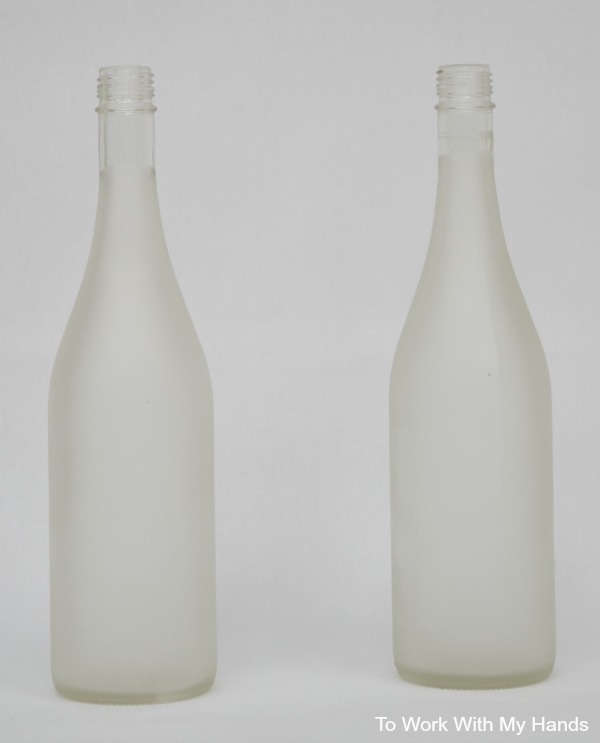











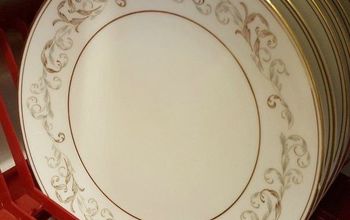




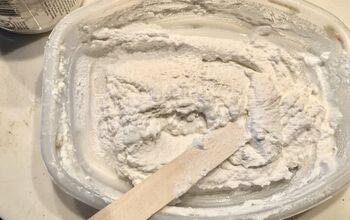

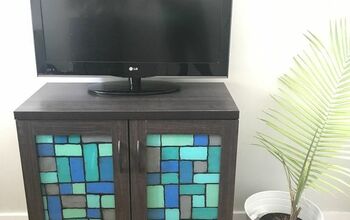

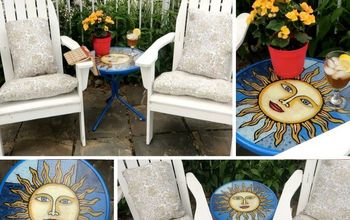



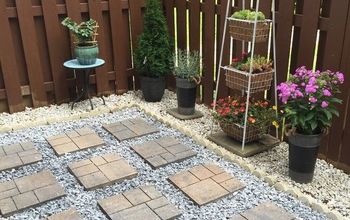

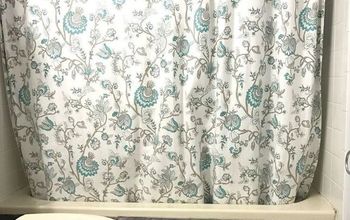



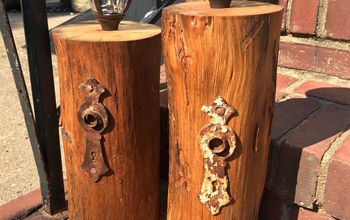

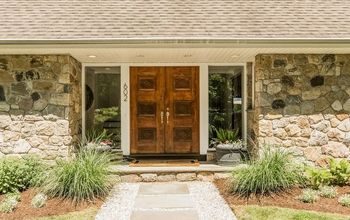

Frequently asked questions
Have a question about this project?